These creatures are known to cause significant damage to a variety of plants, turning a once vibrant garden into a landscape of half-eaten leaves and stems.
Genetic Controls for Pests & Diseases in Amenity Horticulture
Have you ever wondered if there’s a more sustainable and effective way to control pests and diseases in your garden? The ongoing battle against insects, diseases, and other pests can often seem like an uphill struggle.
The solution might be simpler than you think – thanks to genetic controls for pests. Genetic controls are a revolutionary approach that involves using the natural resistance of certain plants to ward off pests.
This method is all about choosing resilient plants that come from good genetic stock to reduce our reliance on harmful pesticides
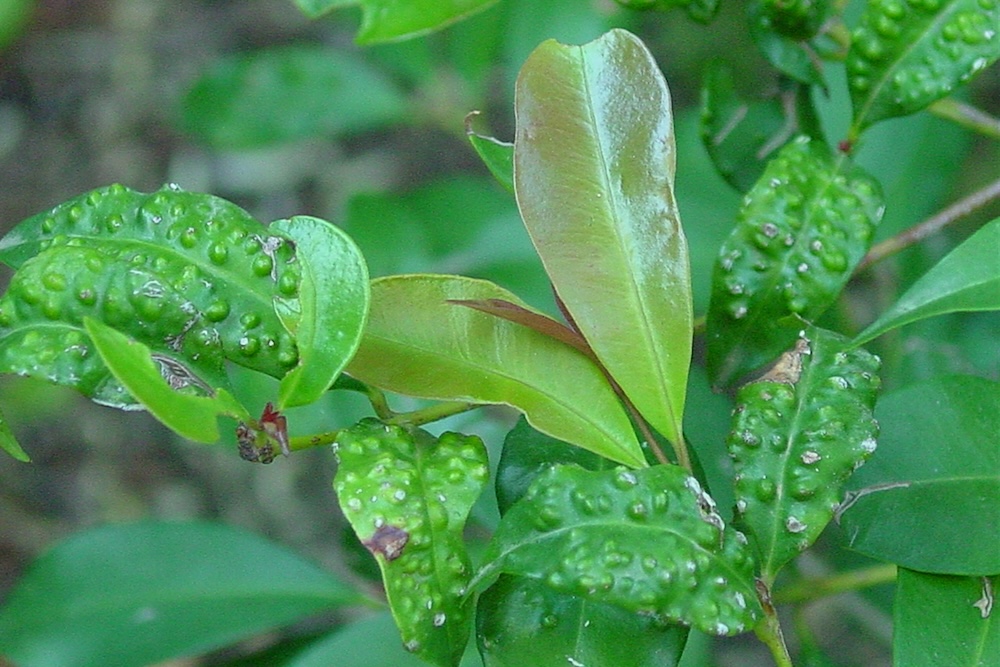
How Can Genetic Methods Control Pests?
At its core, genetic control of pests is simply about selecting and cultivating plants that have a natural resistance to pests and diseases. These traits can be either naturally occurring or introduced through selective breeding.
In recent years, breeders like us at Ozbreed have made significant advancements in creating plant varieties that are even more resistant to pests. By identifying and isolating the genes responsible for pest resistance, they’ve been able to create plant varieties that are tougher and more resilient.
Right Plant, Right Place: The Foundation of Integrated Pest Management (IPM)
Integrated Pest Management (IPM) is a holistic approach to pest control that combines various strategies including genetic, cultural, physical, biological, chemical, and regulatory methods. The idea is to use these methods in harmony to achieve long-term pest control. Possibly the most fundamental principle of IPM, and of horticulture itself, is the concept of ‘right plant, right place’.
This means choosing plant species that are well-suited to the specific conditions of your garden – from the soil type to the local climate, to the types of pests and diseases that are commonly found in your region. By doing so, you’re giving your plants the best possible chance to thrive and resist pests naturally.
For instance, a plant that thrives in a wet, marshy environment will struggle in a dry, sandy soil, making it more susceptible to pests and diseases. On the other hand, a plant in its ideal conditions will be healthier and more capable of fending off pests.
Plant Breeding Examples for Pest and Disease Resistance
Here are a few examples of plants that have been bred with superior resistance to pests and diseases.
Myrtle Rust Resistance – Slim™ Callistemon viminalis ‘CV01’ PBR
Myrtle rust is a significant threat to plants, particularly those in the Myrtaceae family. This fungal disease can cause severe defoliation, reduced vigour, and even death. However, certain plant varieties have been bred to withstand this disease.
A prime example is Slim™ Callistemon viminalis ‘CV01’ PBR. This cultivated variety stands out with its narrow growth habit, making it an excellent choice for screens or hedges in tight planting areas. But what truly sets it apart is its high resistance to myrtle rust.
This resistance allows it to thrive in conditions where other plants would succumb to the disease, offering a sustainable and effective solution to this widespread problem.
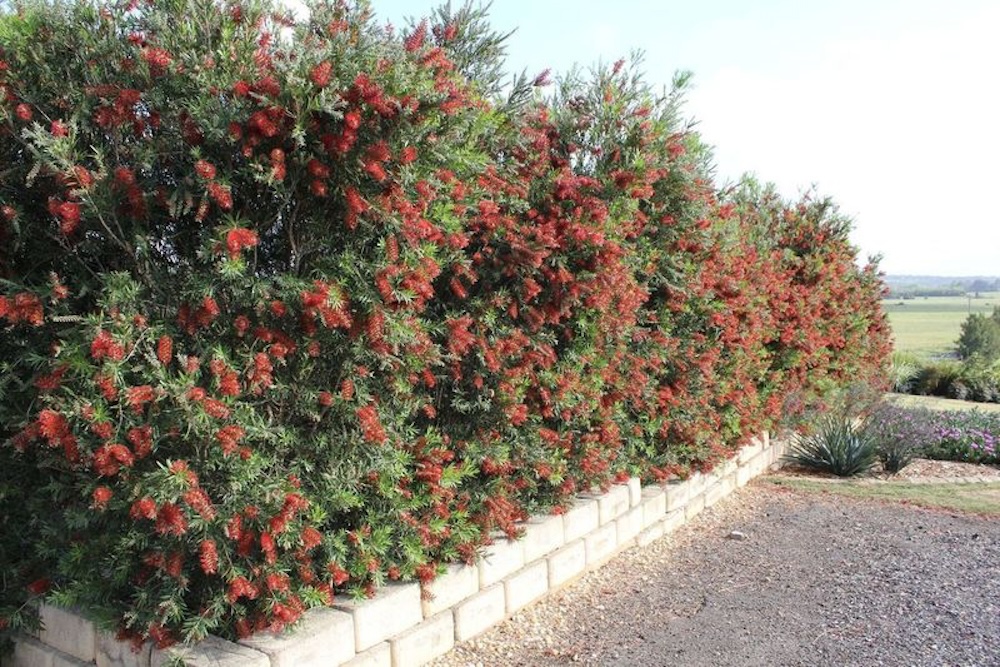
Black Ink Spot Resistance – Everlasting Mega Gold™ Anigozanthos hybrid ‘KP03’
Another noteworthy plant bred for disease resistance is Everlasting Mega Gold™ Anigozanthos hybrid ‘KP03’. This vibrant Kangaroo Paw variety boasts an impressive resistance to black ink spot, a common fungal disease affecting this plant group.
Black Ink Spot can cause significant damage to the foliage, reducing the plant’s overall health and aesthetic appeal. By choosing the Everlasting Mega Gold™ cultivar, you can enjoy the spectacular beauty of kangaroo without the worry of black ink spot.
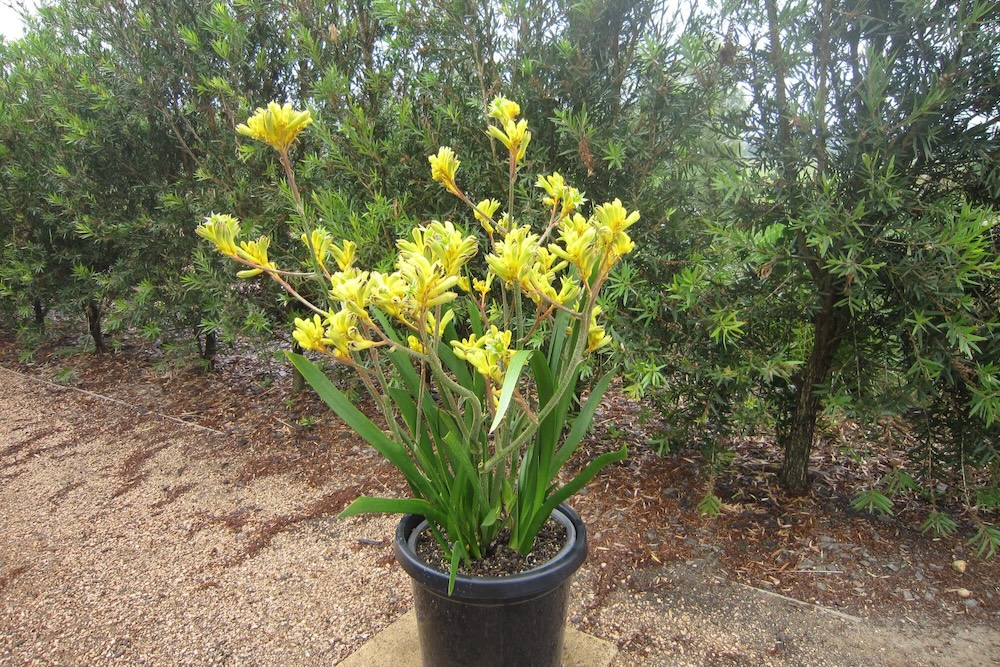
Psyllid Resistance – Sublime™ Acmena smithii ‘DOW30’ PBR
Psyllids are sap-sucking insects that can cause substantial damage to a wide range of plants. They not only stunt plant growth but also transmit diseases. However, some plants have been bred to resist these pesky invaders. Sublime™ Acmena smithii ‘DOW30’ PBR is a case in point.
This mid-sized shrubby tree stands out with its refreshing lime new growth and dense foliage, which extends all the way to the ground. More importantly, it’s highly resistant to Psyllids, making it a fantastic choice for landscapes affected by these pests.

Daniel’s Wrap
Genetic controls for pests offer a sustainable and effective approach to pest management in amenity horticulture. By selecting pest-resistant plants and placing them in their ideal conditions, we can significantly reduce our reliance on chemical pesticides.

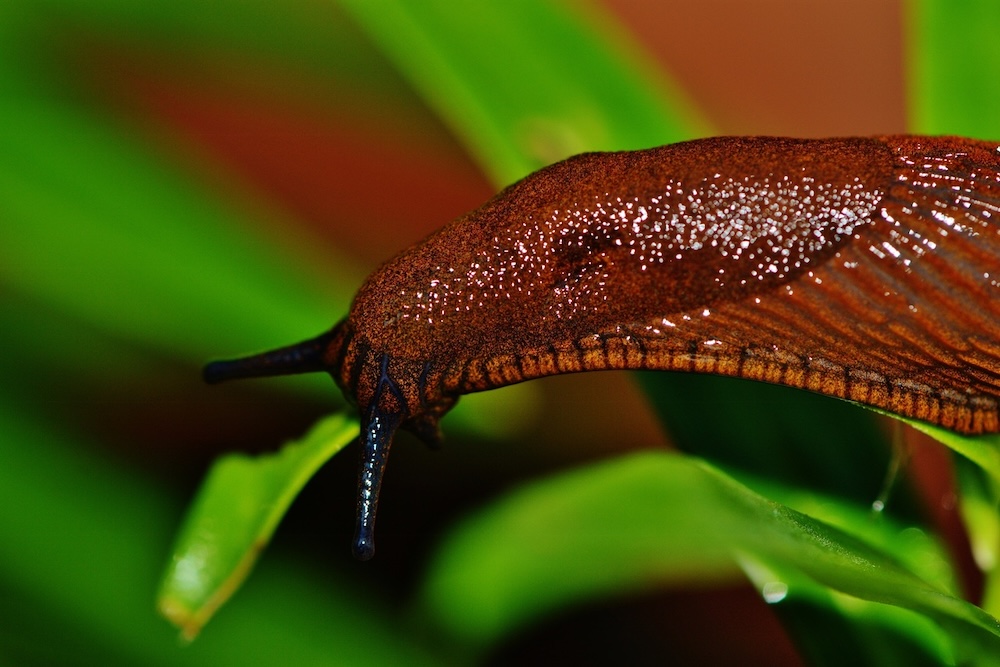

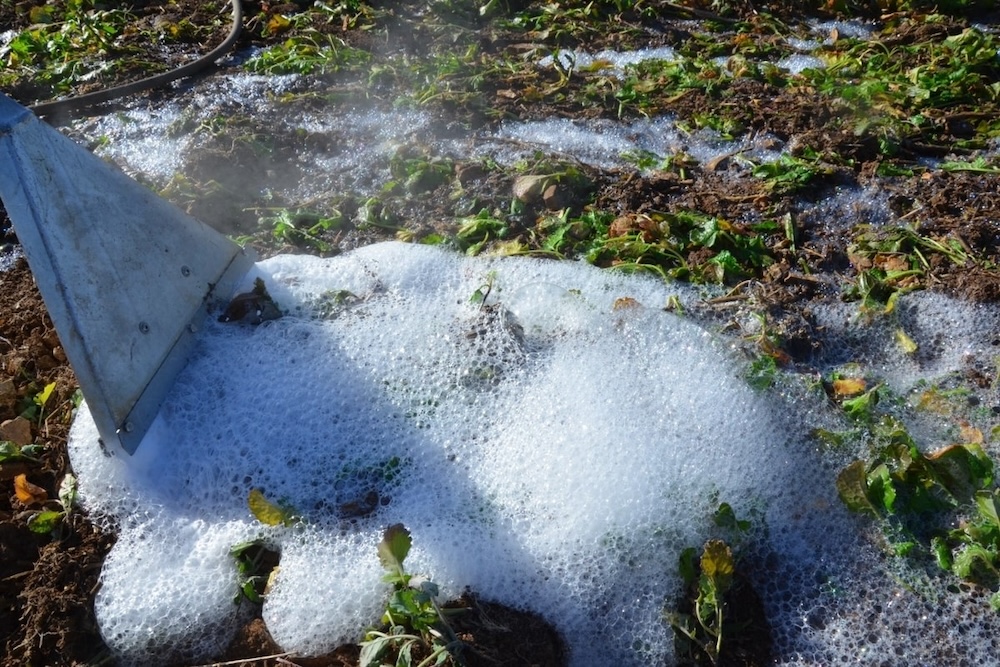
This Post Has 0 Comments